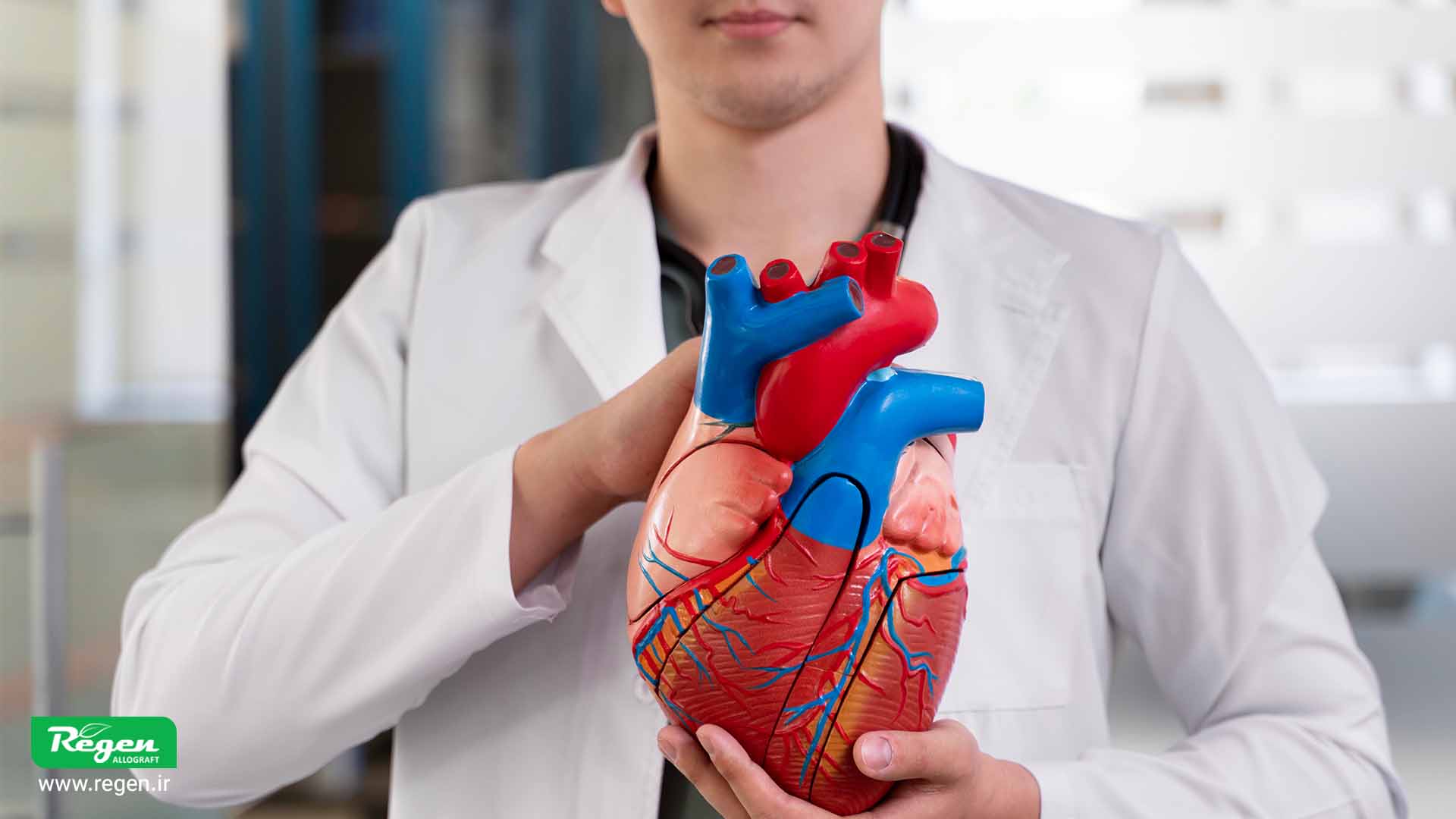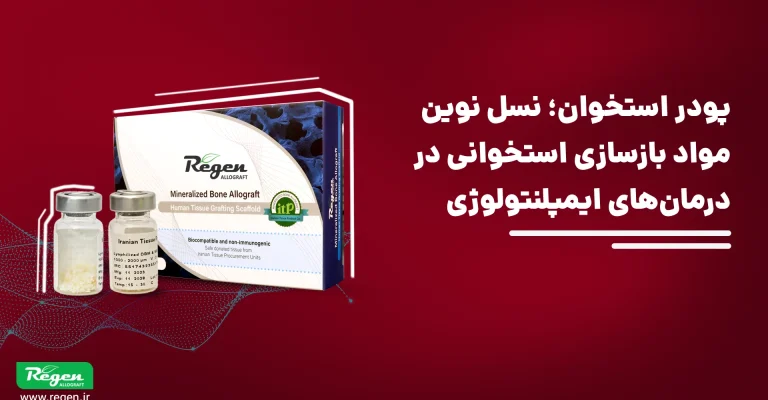فرآوری بافت آلوگرافت ایرانی (Iranian homograft tissue processing)

در این بخش به معرفی و مرور مقالهای با عنوان «Iranian homograft tissue processing» منتشر شده در مجله Global Cardiology Science & Practice در سال ۲۰۱۶ میپردازیم.
این مقاله به بررسی فرآیند آمادهسازی و استفاده از بافتهای انسانی هموگرافت در حوزه پیوند بافتی میپردازد. نویسندگان در چکیده مقاله بیان میکنند که پیوند بافت یکی از روشهای مؤثر برای جایگزینی بافتهای آسیبدیده یا غیرعملکردی است و با توجه به نیاز روزافزون به این نوع پیوند، ایجاد مراکزی برای تأمین و فرآوری بافت انسانی ضروری به نظر میرسد.
مقاله مراحل مختلف تأمین بافت شامل شناسایی و غربالگری اهداکننده، بازیابی، پردازش، نگهداری و توزیع بافت را شرح داده و در ادامه به بحث درباره مزایا و محدودیتهای استفاده از دریچه قلب هموگرافت نسبت به پروتزها و بیوپروتزها میپردازد. همچنین اهمیت رعایت استانداردها، سیستم تضمین کیفیت و بازبینی مستمر دستورالعملها در کاهش عوارض و افزایش اثربخشی .طولانیمدت این روش مورد تأکید قرار گرفته است.

Iranian homograft tissue processing
Glob Cardiol Sci Pract. 2016 Mar 31; 2016(1): e201607. Published online 2016 Mar 31. doi: 10.21542/gcsp.2016.7
Alireza Heidary Rouchi, Seyed Amirhosein Tavakoli, and Mitra Mahdavi-Mazdeh
Abstract
Tissue transplantation is a life-enhancing therapeutic modality for damaged or non-functioning tissues. In most cases, there is no alternative other than human tissue as replacement, and taking into account the ever-increasing demand for tissue grafts, it makes sense to set up an establishment in charge of human tissue procurement to meet local needs. A quality assurance system, clearly defined standards, and regular audits complement the infrastructure which make this activity feasible. The process of tissue procurement consists of donor identification, consent, tissue recovery, donor screening and testing, tissue processing, preservation, packaging, labeling, terminal sterilization, storage and distribution. The transplantation of homograft heart valves remains controversial, due to the availability of prosthetic and bioprosthetic alternatives. The limited durability of homografts has not yet outweighed the advantages which this graft offers. Adherence to regulations and regularly revised guidelines improve long-term efficacy and minimizes complications or malfunction. Furthermore, the lower price of homograft heart valves and the removal of the need for a lifetime of anticoagulation therapy are noteworthy advantages of this replacement. In our practice, the proportion of homograft heart valves meeting release criteria and successfully implanted grafts were 83% and 95%, respectively.
Keywords: Tissue Procurement, Tissue Transplantation, Heart Valve, Tissue Processing, Allograft, Quality Assurance
این مطلب چقدر مفید بود؟
برای امتیاز دادن، روی یک ستاره کلیک کنید!
میانگین امتیاز 5 / 5. تعداد امتیازها 2
شما اولین نفر باشید که امتیاز می دهید!
مطالب مرتبط

مشاوره رایگان
به مشاوره نیاز دارید؟
کادر حرفه ای و تخصصی شرکت فرآورده بافت ایرانیان آماده راهنمایی شما عزیزان می باشند








